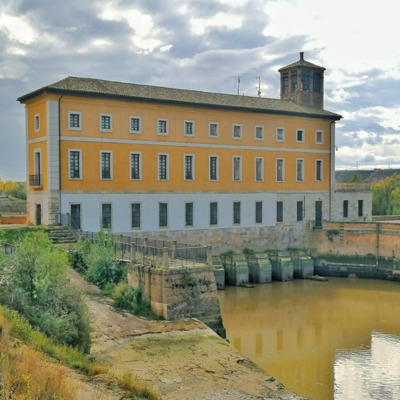Imagen principal
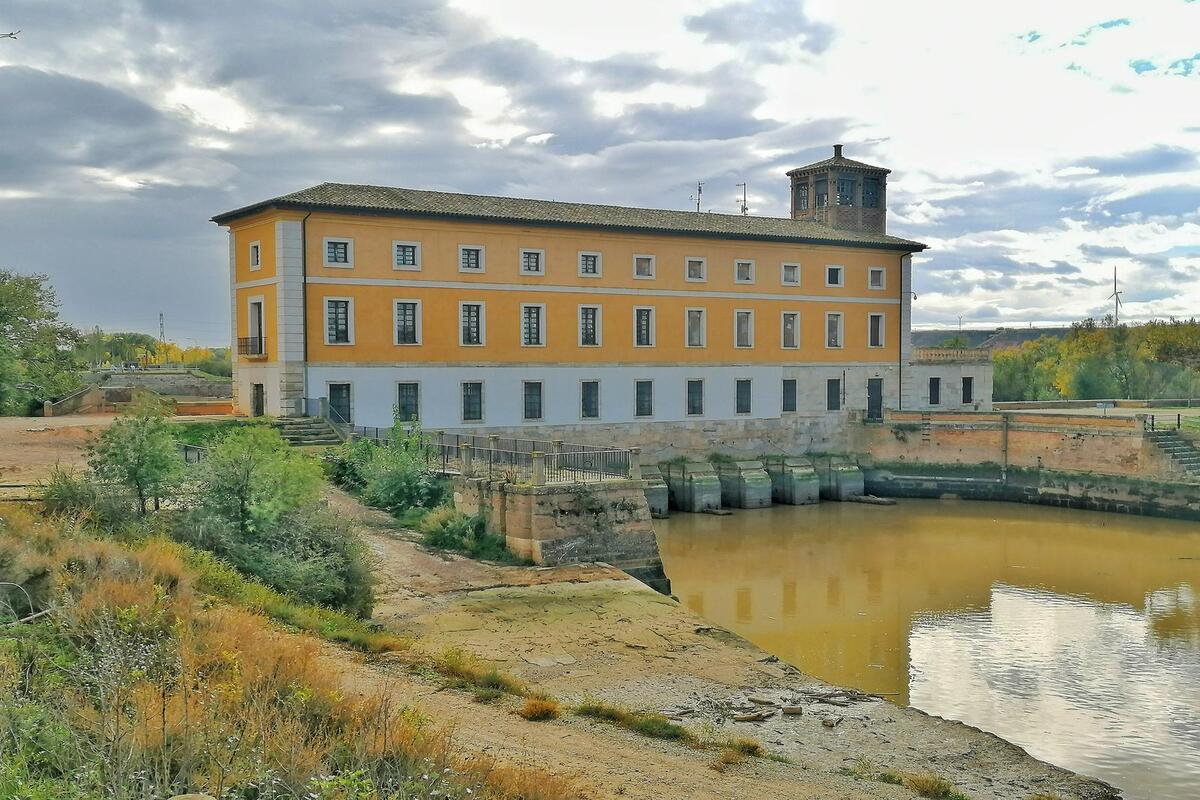
Distancia
6.73
Desnivel positivo
1.00
Desnivel negativo
1.00
Altitud máxima
264.00
Altitud mínima
251.00
Galería de imágenes
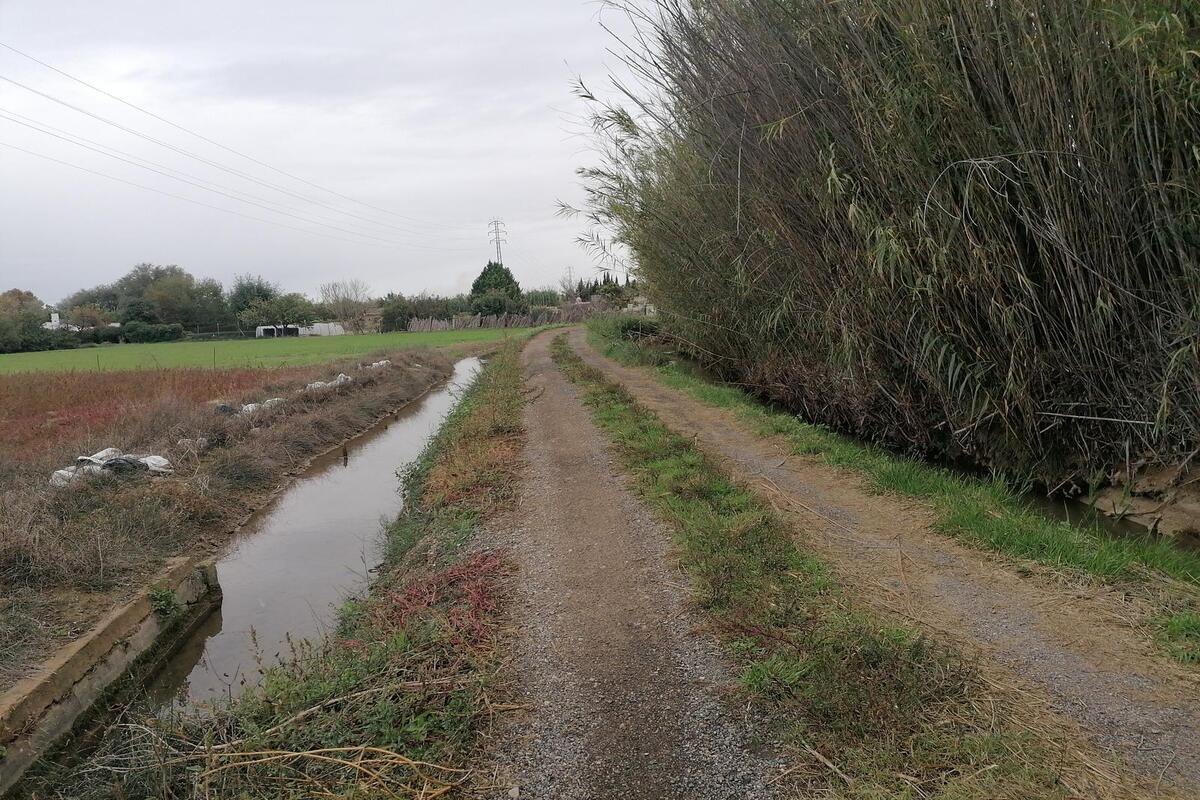
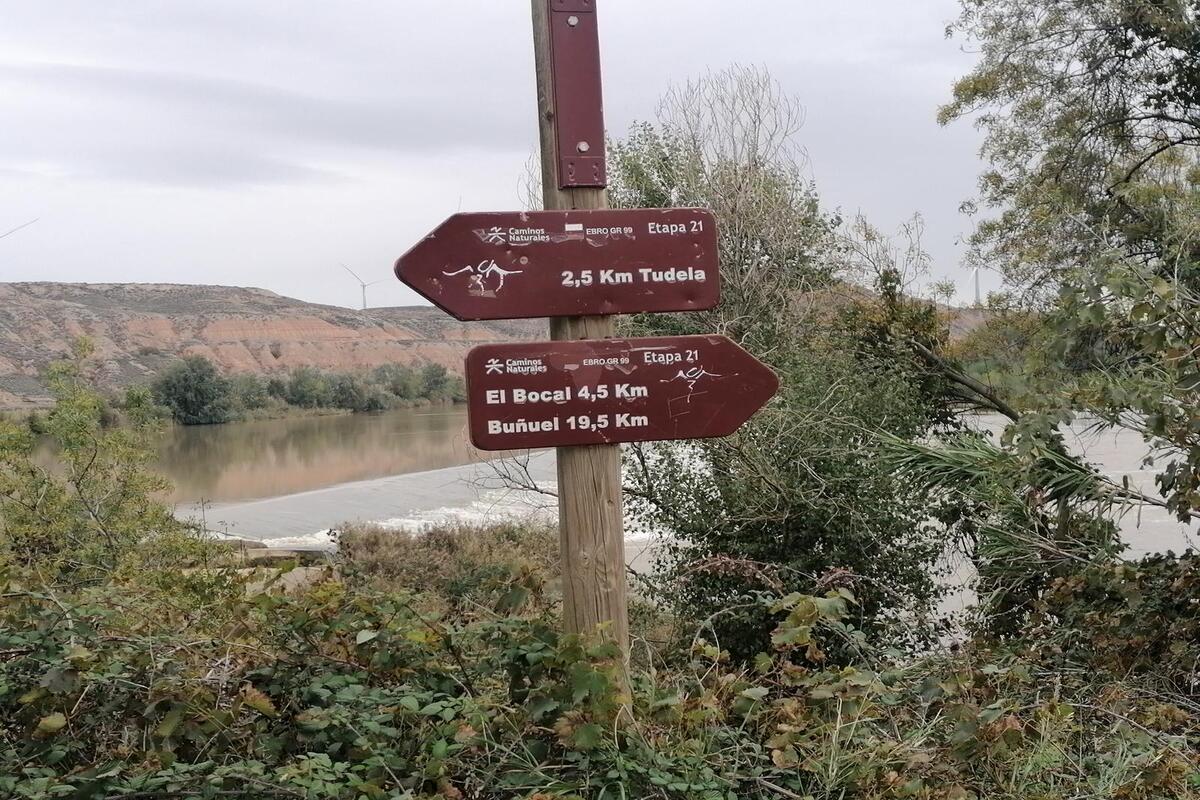
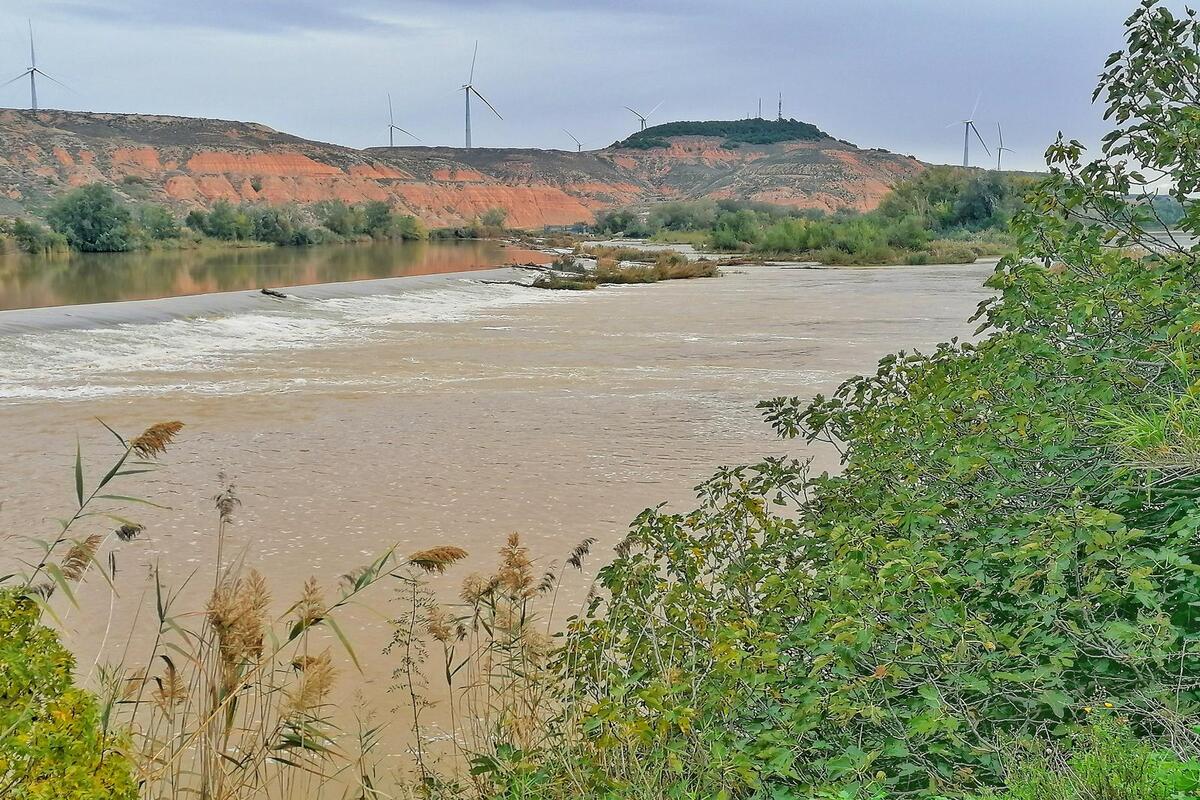
Archivo KML
Ubicacion donde empieza la ruta
42.058860849314, -1.5931114554405
Minutos de recorrido
35
Tipo de ruta
Tipo de circuito
Dificultad técnica
Descripción corta
It is a very significant and representative place of Navarra
Descripción larga
This is a very significant and representative spot of southern Navarre, presenting the typical landscape of the riverside coppice in all its splendor. This enclave has always been cherished and cared for, attracting a multitude of visitors who come here to spend the day.
Its origins date back to the 16th century, although it would take another two and a half centuries for it to reach its present-day appearance. It was at the end of the 18th century, with the intention of establishing a waterway between Tudela and Zaragoza, when a dam was built, and the source of the Imperial Canal of Aragon was established here. It was then surrounded by gardens and served as a transport for passengers and goods until the popularization of the railway.
The Palace of Charles V, the Chapel of San Carlos de Borromeo, the House of the Gates, the Labyrinth of Charles, the Inn, and the Oak of Bocal, each over 500 years old, are some of the attractions offered by this natural setting with over five centuries of history.
History
Bocal means a dam or weir built on a river to divert its flow. Near Tudela, seven kilometers south, in the municipality of Fontellas, we find the dam that bears that name.
According to the chronicles of that time, in 1528, Charles V, King of Spain and Emperor of Germany, commissioned the construction of a dam made of ashlar stone on the Ebro River, one league from Tudela. With the consent of the Aragonese authorities, a canal would be diverted the following year, which they would call the Imperial Canal.
A residence was also built for the future governor of the canal, which would be located next to the sluice gate house built next to the dam. This residence is known today as the Palace of Charles V. This complex was called the King's Bocal, and Gil Morlanes, the Aragonese architect in charge of the project, placed the Emperor's coat of arms on the palace's frontispiece.
The village that arose around the palace was built more recently. The waters of the Imperial Canal were intended to flow into Aragon until they joined the Jalón River, but they barely irrigated the orchards of the Navarrese municipalities of Ribaforada, Buñuel, and Cortes, sometimes reaching, very weakly, as far as the Aragonese towns of Mallén and Gallur.
In the first half of the 18th century, many of the lands previously irrigated had to return to dry land due to the extensive damage the canal suffered due to the flooding of the Ebro. In 1770, restoration work on the Imperial Canal began under the direction of the Badin Company, but its proven ineffectiveness, coupled with its blatant waste of funds, precipitated the Council of Castile's resolution ordering the immediate halt to the reforms undertaken. Already at the end of the 18th century, Charles III conceived the idea of an ambitious and fantastic project to bring the waters of the Bocal to Zaragoza, creating a navigable canal that was a fabulous milestone for its time. Thus, the Imperial Canal of Aragon was born.
The construction of the new dam was commissioned to the Dutch engineer Cornelius Krayenhof, who located it a few hundred meters north of the existing dam, that of Charles V.
The entire project was supervised by the Aragonese Jesuit and enlightener Ramón de Pignatelli, whose portrait painted by the master Goya still survives. This was the first step toward river navigation to the Mediterranean, a dream that Ochandátegui had cherished toward the Cantabrian Sea.
The Pignatelli Dam, as it is known today within the Bocal area, is seven meters high and 232 meters long.
Its origins date back to the 16th century, although it would take another two and a half centuries for it to reach its present-day appearance. It was at the end of the 18th century, with the intention of establishing a waterway between Tudela and Zaragoza, when a dam was built, and the source of the Imperial Canal of Aragon was established here. It was then surrounded by gardens and served as a transport for passengers and goods until the popularization of the railway.
The Palace of Charles V, the Chapel of San Carlos de Borromeo, the House of the Gates, the Labyrinth of Charles, the Inn, and the Oak of Bocal, each over 500 years old, are some of the attractions offered by this natural setting with over five centuries of history.
History
Bocal means a dam or weir built on a river to divert its flow. Near Tudela, seven kilometers south, in the municipality of Fontellas, we find the dam that bears that name.
According to the chronicles of that time, in 1528, Charles V, King of Spain and Emperor of Germany, commissioned the construction of a dam made of ashlar stone on the Ebro River, one league from Tudela. With the consent of the Aragonese authorities, a canal would be diverted the following year, which they would call the Imperial Canal.
A residence was also built for the future governor of the canal, which would be located next to the sluice gate house built next to the dam. This residence is known today as the Palace of Charles V. This complex was called the King's Bocal, and Gil Morlanes, the Aragonese architect in charge of the project, placed the Emperor's coat of arms on the palace's frontispiece.
The village that arose around the palace was built more recently. The waters of the Imperial Canal were intended to flow into Aragon until they joined the Jalón River, but they barely irrigated the orchards of the Navarrese municipalities of Ribaforada, Buñuel, and Cortes, sometimes reaching, very weakly, as far as the Aragonese towns of Mallén and Gallur.
In the first half of the 18th century, many of the lands previously irrigated had to return to dry land due to the extensive damage the canal suffered due to the flooding of the Ebro. In 1770, restoration work on the Imperial Canal began under the direction of the Badin Company, but its proven ineffectiveness, coupled with its blatant waste of funds, precipitated the Council of Castile's resolution ordering the immediate halt to the reforms undertaken. Already at the end of the 18th century, Charles III conceived the idea of an ambitious and fantastic project to bring the waters of the Bocal to Zaragoza, creating a navigable canal that was a fabulous milestone for its time. Thus, the Imperial Canal of Aragon was born.
The construction of the new dam was commissioned to the Dutch engineer Cornelius Krayenhof, who located it a few hundred meters north of the existing dam, that of Charles V.
The entire project was supervised by the Aragonese Jesuit and enlightener Ramón de Pignatelli, whose portrait painted by the master Goya still survives. This was the first step toward river navigation to the Mediterranean, a dream that Ochandátegui had cherished toward the Cantabrian Sea.
The Pignatelli Dam, as it is known today within the Bocal area, is seven meters high and 232 meters long.
Vídeo
TextInMotion-VideoSample-576p_6.mp4 (12.51 MB)
Enlace
https://es.wikiloc.com/rutas-senderismo/camino-natural-del-ebro-gr-99-etapa-21-tudela-el-bocal-152481904
Destacado
Activado
Imagen destacado
